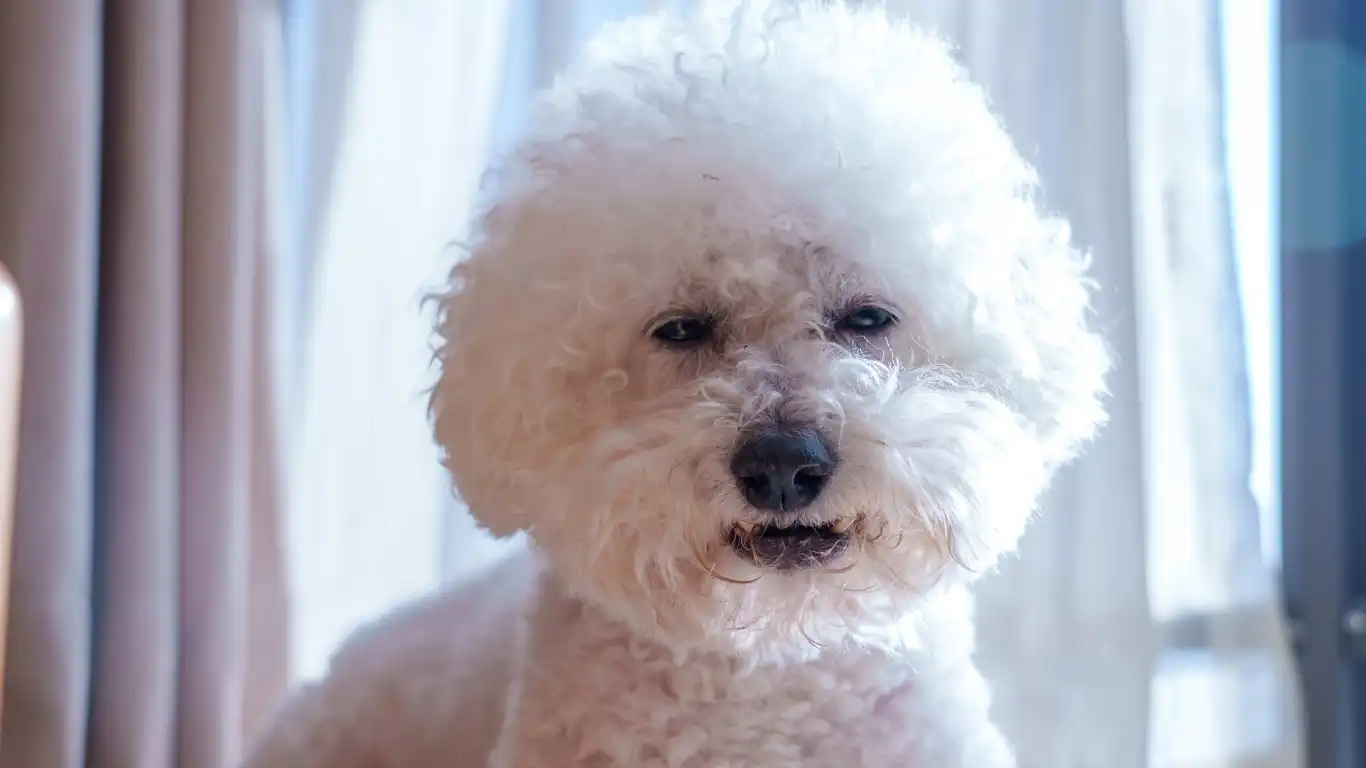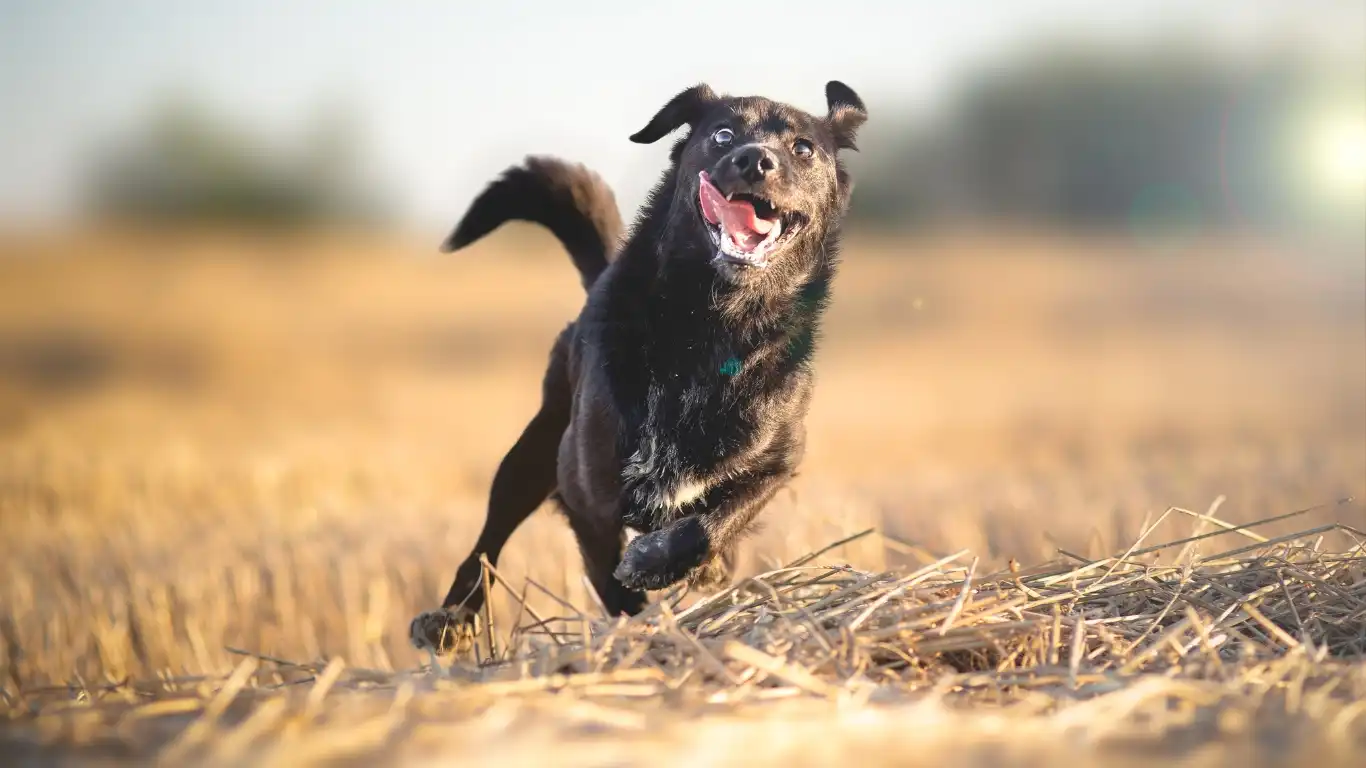Best Ways to Handle Dog Shedding Season Like a Pro
Let’s be real—if you live with a dog, then you’ve probably got a personal relationship with fur. Like, it’s everywhere. On your couch, your clothes, probably even in your coffee. And when shedding season rolls around? Oh boy, it’s a full-blown blizzard. Based on my experience as a Veterinary Technician and Nutrition Specialist, I’ve learned a thing or two about the best ways to handle dog shedding season. It’s not just about brushing more (although yes, that’s part of it). There’s actually a whole system to it—nutrition, grooming, environment, and even your own routine can make a big difference. Let’s dive in.
What Exactly *Is* Shedding Season, Anyway?

Most dogs shed to some degree year-round, but there are peak times—usually spring and fall—when they blow their coat like nobody’s business. This is their natural way of preparing for seasonal temperature changes. Think of it like them swapping out their wardrobe from winter parkas to summer tees. Except, you know, all over your house.
In my clinic days, I can’t tell you how many pet parents thought something was wrong when their dog suddenly started dropping tufts of fur. Truth is, unless there’s bald patches, skin irritation, or excessive itching involved, shedding is perfectly normal. But manageable? Absolutely.
Brush Like a Pro (Not Like You’re Just Petting)

Choose the Right Brush for the Coat Type
This is the part where the right tools make all the difference. You wouldn’t mop your floors with a toothbrush, right? Same logic applies here. Different coat types need different brushes. Here’s a quick cheat sheet:
- Short-haired dogs (like Beagles or Boxers): Use a rubber curry brush or bristle brush.
- Double-coated breeds (Huskies, Golden Retrievers): You’ll want a slicker brush and an undercoat rake.
- Curly or long-haired pups (Poodles, Collies): A pin brush or a detangling comb works best.
Technique Matters
Don’t just swipe randomly. Go with the grain of their fur, use short strokes, and apply gentle pressure. And please don’t forget the legs, chest, and behind the ears—those spots tend to trap loose fur like crazy.
When I was working with a Newfoundland named Charlie, brushing was practically a full-time job during shedding season. We had a whole spa routine: warm bath, blow-dry, then slow, methodical brushing with a slicker brush and undercoat rake. His mom called it “fur therapy.” And honestly? It kinda was—for both of us.
Bath Time: Not Just About Smelling Nice

Use a Deshedding Shampoo
There are shampoos specifically formulated to help loosen and remove dead hair. Look for ones with omega fatty acids, vitamin E, or aloe vera. They nourish the skin, which means less flaky dandruff and healthier hair follicles. Bonus: they usually smell great too.
Don’t Overdo It
Bathing too often can strip the natural oils from your dog’s skin, causing more shedding (ironic, right?). Once every 4–6 weeks is usually plenty, unless your dog is a mud puddle magnet.
I always remind clients that after a bath is the best time to go ham with the brush. That loosened-up fur is ready to come out, and you’ll be amazed at how much you can remove post-shampoo.
Feeding the Fur: How Diet Impacts Shedding
Nutrition 101: Skin and Coat Health Starts in the Bowl
If there’s one thing I’ve learned from specializing in pet nutrition, it’s that the health of your dog’s coat starts from the inside. Poor nutrition can lead to dry, brittle fur and more shedding. The right balance of nutrients helps keep their coat shiny and the shedding under control.
- Omega-3 & Omega-6 fatty acids: These are key players. Fish oils, flaxseed oil, and some premium dog foods are rich in these. They help reduce inflammation and improve skin elasticity.
- High-quality protein: Hair is mostly protein. So if your pup isn’t getting enough (or the right kind), that fur’s gonna fall out faster than you can say “lint roller.”
- Vitamins and minerals: Zinc, biotin, and vitamin E are biggies for coat health. Check your dog’s food label—or better yet, ask your vet for a recommendation.
In my practice, switching dogs to a high-quality, skin-supportive diet made a night-and-day difference—especially for breeds prone to heavy seasonal shedding like Labs, Shepherds, or Malamutes. One client even joked, “It’s like she’s shedding less and glowing more.” Exactly the vibe we’re going for.
Stay Consistent: Routine = Results
Here’s the thing: managing shedding isn’t a one-and-done deal. You can’t brush once and expect miracles. It’s all about consistency. Just like you wouldn’t brush your own hair once a month and call it good, your pup needs regular maintenance too.
I usually suggest:
- Brushing: 2–3 times a week for most breeds, daily for heavy shedders
- Bathing: Every 4–6 weeks, or as needed
- Diet: Always top-notch, with added supplements if needed
Keep a grooming kit somewhere easy to grab. Maybe stash it near the TV and make brushing a chill evening ritual. Trust me, it beats trying to vacuum every single day.
Keep Your Home One Step Ahead of the Fur Storm

Alright, so you’ve got the brushing routine down and your dog’s on a coat-supportive diet—but what about your home? Let’s face it, even with all that effort, some fur is still gonna fly. That’s just part of the deal. But there are a few tricks I’ve picked up over the years that make a *huge* difference in keeping your space manageable (and your sanity intact).
Invest in the Right Cleaning Tools
Not all vacuums are created equal, especially when it comes to pet hair. I always recommend going for one specifically made for homes with pets—something with a HEPA filter and strong suction. I personally swear by canister vacuums for hard floors and upright models for carpeted areas. And don’t forget the handheld version for the car and furniture. Game changer.
Oh, and lint rollers? Keep one in your car, your bag, your coat pocket. I used to keep one at my clinic station because fur has a way of hitching a ride on your scrubs and staying there like it pays rent.
Wash Bedding Regularly
Your dog’s bedding (and probably half your own, let’s be honest) is a fur magnet. Try to toss it in the washer weekly if possible. I tell clients to pick machine-washable covers for everything—beds, blankets, crate pads. It just makes life easier.
- Use a dryer with a lint trap to catch fur before it clogs the washer
- Consider anti-static dryer sheets—helps prevent fur cling
- Shake out bedding outside before washing to save your plumbing
Supplements That Support Skin and Coat Health

Let’s talk about supplements. While food is the foundation, sometimes it needs a little boost—especially during peak shedding season. This is something I recommended regularly during my time consulting in pet nutrition. The difference it makes? Noticeable. Fast.
Top Picks That Actually Work
Here are a few supplements I’ve used personally or recommended to clients that showed real results:
- Fish oil (Omega-3s): Probably the most popular and effective. Helps reduce shedding by improving skin hydration and follicle strength. Just make sure you choose a high-quality, purified version.
- Biotin: Supports skin elasticity and hair strength. Found in some multivitamins or as a standalone chew or capsule.
- Zinc: Vital for immune function and skin regeneration. But heads up—too much can be toxic, so always follow dosage guidelines or get your vet’s input.
I remember this senior Lab mix named Daisy who had the driest skin I’d ever seen. Her coat was dull, flaky, and falling out in patches. After a diet switch and a solid fish oil supplement, her coat came back glossy and healthy in just a few months. Her owner literally cried when she ran her hands through Daisy’s fur without feeling flakes. That’s the kind of stuff that sticks with you.
Managing Stress = Managing Shedding

This one surprises people, but hear me out—stress can actually increase shedding. I’ve seen it countless times, especially in rescue pups or anxious breeds. When dogs are stressed, their cortisol levels rise, which can affect their coat and trigger shedding that’s way above the usual seasonal level.
How to Reduce Your Dog’s Stress
Even small changes to your dog’s daily life can lower their stress and help reduce excess shedding:
- Stick to a routine: Dogs thrive on predictability. Regular feeding, walks, and downtime create a sense of stability.
- Provide mental stimulation: Puzzle toys, training games, scent work—anything that gets their brain working helps reduce anxiety.
- Offer a safe space: A quiet, cozy area (crate, den, soft bed) where they can retreat when they need a break.
In clinic, I always paid attention to a dog’s emotional state. A stressed-out dog is more prone to skin issues, dietary upsets, and—yep—excessive fur loss. Once we started treating anxiety as part of the whole health picture, we saw fewer chronic coat problems. Funny how it’s all connected, huh?
When to Talk to Your Vet About Shedding
Okay, so yes—shedding is normal, especially during seasonal transitions. But there are times when it could signal something deeper going on. As a vet tech, I always reminded pet parents to keep an eye out for:
- Bald spots or patchy fur loss
- Red, inflamed, or scabby skin
- Excessive itching, licking, or biting
- A sudden change in shedding pattern
If any of those pop up, it’s time to book an exam. Conditions like allergies, hormonal imbalances (like hypothyroidism), parasites, or even autoimmune issues can mess with your dog’s skin and coat. Better to catch those early and get ahead of it.
One of the sweetest dogs I worked with, a little Frenchie named Louie, started shedding like crazy out of nowhere. Turns out he had a food allergy to chicken. We switched him to a novel protein diet and within weeks, the difference was wild. His fur grew back thicker, healthier, and best of all—he stopped scratching 24/7. Just goes to show, there’s almost always a reason behind the fur flood.
Seasonal Grooming Tips That Actually Work

By now, you’ve got a pretty solid handle on how to manage the shedding beast. But let’s zoom in a bit on seasonal grooming routines, because trust me, a few small changes can go a long way during the worst of the fur storms. When I was still working in a clinic setting, seasonal grooming was one of the most common questions we got. And honestly, I love helping pet parents customize their approach—it’s not one-size-fits-all, especially during high-shed months.
Double-Down During Peak Shedding Times
Spring and fall are prime time for what I call the “fur explosion.” You’ll want to bump up grooming to daily, even if it’s just a quick 5–10 minutes. That consistent effort helps prevent matting, cuts down on tumbleweeds, and keeps your dog feeling fresh. I used to keep a brush by the front door and give my dog a once-over after walks. Easy and effective.
Blow Drying Isn’t Just for Show Dogs
If you’ve got a heavy-shedding breed like a Husky, Shepherd, or even a Lab, a pet-safe blow dryer (not your hair dryer!) can do wonders. Use it on a low heat setting after a bath to loosen and blast out dead hair. It’s messy—like, wear-old-clothes kind of messy—but so worth it. I remember using one on a Bernese Mountain Dog during a mobile grooming session… we both ended up looking like we’d rolled through a fur tornado, but man, her coat looked incredible afterward.
Try a Professional Groomer—At Least Seasonally
Even if you’re a DIY kind of pet parent, scheduling a seasonal visit with a groomer can be a great reset. They’ve got industrial-grade tools, coat-specific shampoos, and techniques that really pull out undercoat fluff. Plus, it’s a nice break for you and a spa day for your pup.
Other Unexpected Contributors to Shedding

We’ve talked food, brushing, and stress—but did you know there are a few other sneaky factors that could be amping up your dog’s shedding?
Environmental Allergens
Yep, dogs can be allergic to pollen, mold, dust mites—the whole shebang. These allergens can irritate the skin and cause more shedding. If your pup’s shedding seems to spike with the seasons or they’re constantly licking their paws, it might be worth chatting with your vet. Sometimes antihistamines or a medicated shampoo can help get things back on track.
Indoor Air Quality
This one’s less obvious but still super important. Dry air, especially during winter months with the heat cranked up, can lead to flaky skin and increased shedding. Try running a humidifier to maintain moisture in the air. Bonus—it helps with your skin too!
Hormonal Changes
If your dog is intact (not spayed or neutered), their hormones can play a huge role in coat condition and shedding cycles. Pregnancy, heat cycles, or even thyroid imbalances can throw everything out of whack. I always recommend regular wellness checks, especially for senior dogs, to monitor hormone levels and catch issues early.
Keeping It Real: Shedding Is Natural, Not a Problem to “Fix”
One thing I always try to remind clients—and myself, honestly—is that shedding isn’t a flaw. It’s a natural, healthy process for dogs. The goal here isn’t to stop shedding altogether (spoiler: not possible) but to manage it in a way that works for both you and your pup.
After all, that fur is part of your dog’s story. It’s in the air, on your black leggings, probably on your toast some mornings—and weirdly, it kind of grows on you. Literally and figuratively.
So don’t stress too much. With the right tools, a solid routine, and a little patience, you’ll get through the worst of dog shedding season like a pro. And if all else fails, embrace the fluff. There are worse things than being covered in love.
References
Disclaimer
The information in this article is based on my experience as a Veterinary Technician specializing in nutrition and is intended for general educational purposes only. Always consult your veterinarian before making significant changes to your pet’s diet, supplements, or healthcare routine.




